After our recent road trip, which included a night at the Hotel Finlen in Butte, Montana, and a chance to photograph the window where Robert Frank made one of the 83 images included in his landmark book, The Americans, I became mildly obsessed with finding the same camera and lens combination that he used on his Guggenheim-sponsored cross country journey of 1955-56.
A story published by the Swiss Camera Museum got me started, supplying details, dates, and serial numbers.
Fairly quickly, I purchased a black-bodied Leica iii that, according to Red Dot Camera’s online research tool, was thought to have been made in 1934, the same year as Robert Frank’s camera. Wanting as much background as I could gather, I wrote to Leica, seeking additional information. They replied, telling me that mine was actually delivered to Berlin on July 31, 1933.
The 50mm f1.4 Nikkor lens required more patience, especially considering that they are not inexpensive —relatively-speaking — and the condition of online offerings varies widely.
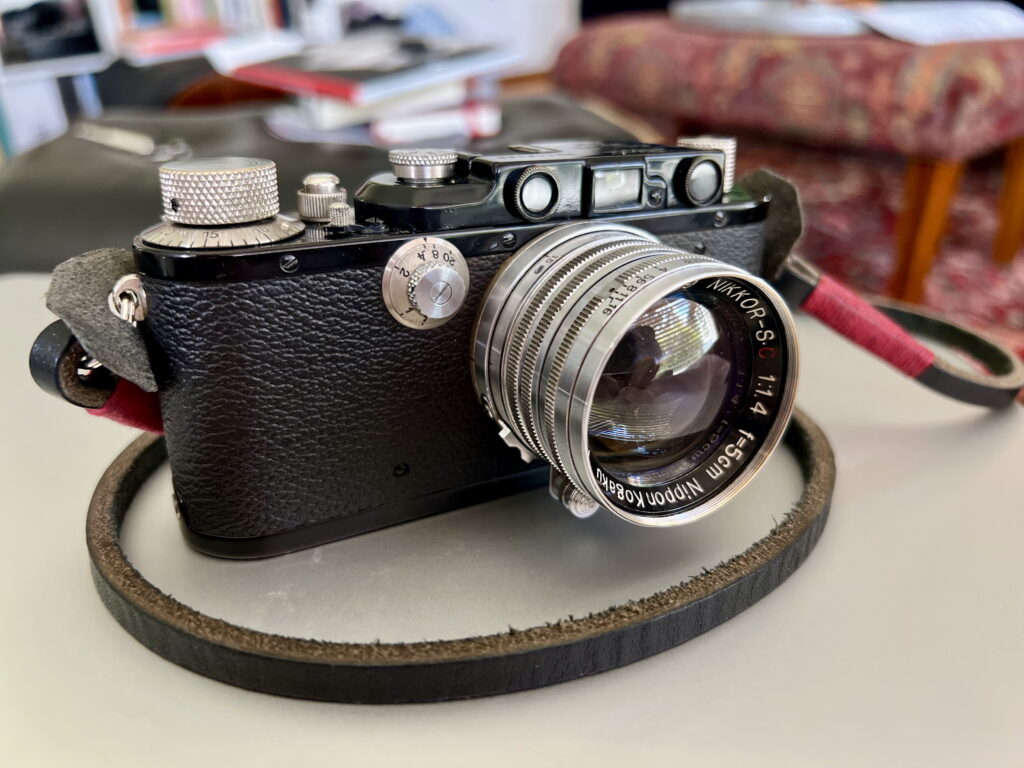 In early August, I mentioned my search on a Leica III Facebook page, and a fellow member said he had noticed such a lens in a small camera repair shop in Vermont. By that time, though, it had been several months since he had seen it, and he had no idea if it was still for sale. Google led me to the shop’s site, and I sent an email, expecting to hear that the lens was long gone.
In early August, I mentioned my search on a Leica III Facebook page, and a fellow member said he had noticed such a lens in a small camera repair shop in Vermont. By that time, though, it had been several months since he had seen it, and he had no idea if it was still for sale. Google led me to the shop’s site, and I sent an email, expecting to hear that the lens was long gone.
Happily, it was still available. The proprietor said the lens had “cleaning marks,” so I requested photos.
When the pictures arrived, it looked good to my untrained eye and the price was right. “‘l’ll take it!,” I replied.
Initially, because the serial number on the lens I acquired was higher than the one used by Robert Frank, I incorrectly assumed that mine was made after his. I contacted a man named Roland in New Zealand. He manages a detailed database of Nikon serial numbers.
He replied, “Yours is the 189th 5cm f/1.4 lens made. The early series were mostly in Nikon S-mount but a fair number were also M39 (LTM) mount.”
It was manufactured in May of 1950, making it older than the lens I was originally looking for.
Beyond the Swiss Camera Museum’s site, I can find next to nothing describing the specifics of Robert Frank’s camera gear, and even less about his thoughts regarding it. He would certainly have found my recreation of his 1950s kit frivolous. I don’t mind. In his lifetime, he didn’t do much for the approval of others, even from those he admired.
“Black and white are the colors of photography.” – Robert Frank
In the past month, I have shot a few rolls of Ilford HP5+ with the new combination. After the first roll, I located a set of filters sold by Tim in Berkeley, and have been experimenting with yellow, red, and blue.
I’ve dropped a few test photos into an album on my Flickr account. Nothing great, so far, but I am happy with the capability of the lens and camera.
The Barnack Leicas — once you get the hang of them — are light & nimble, and a lot of fun to use.
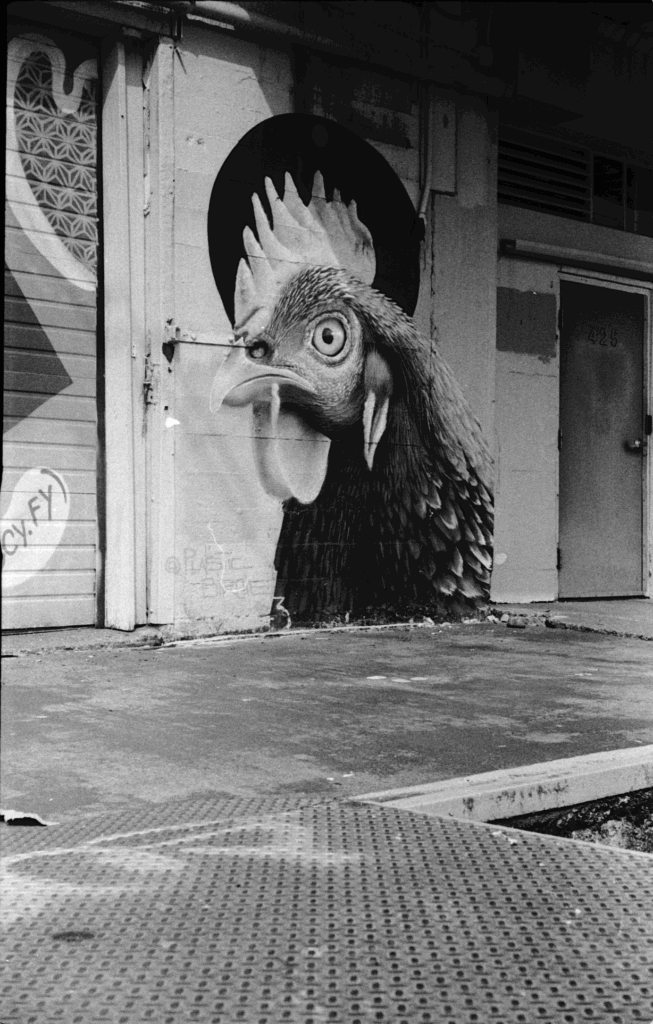
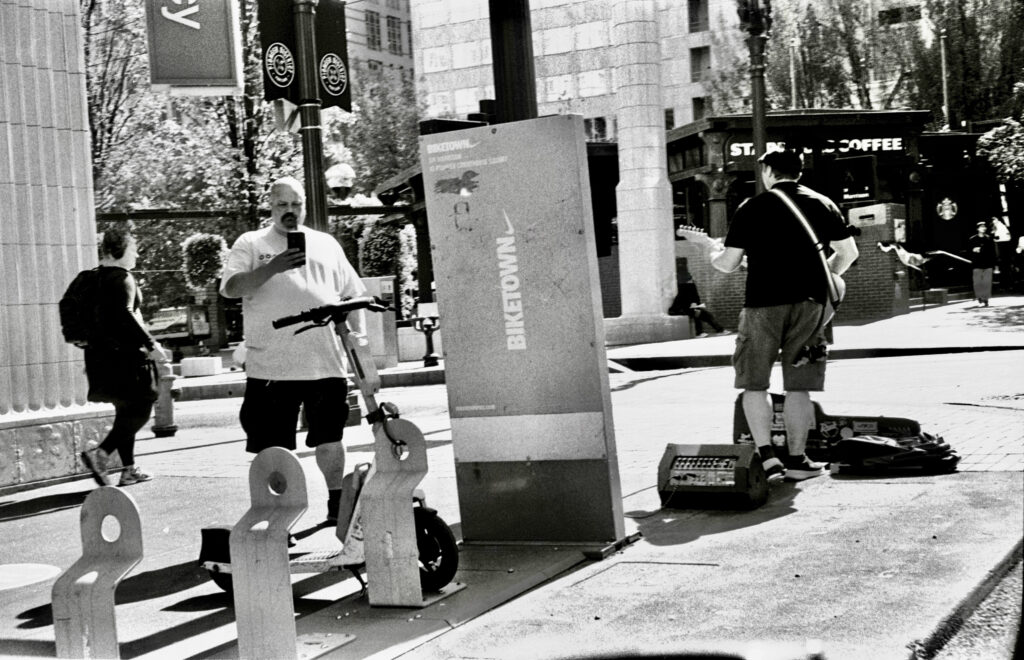
Share this post:
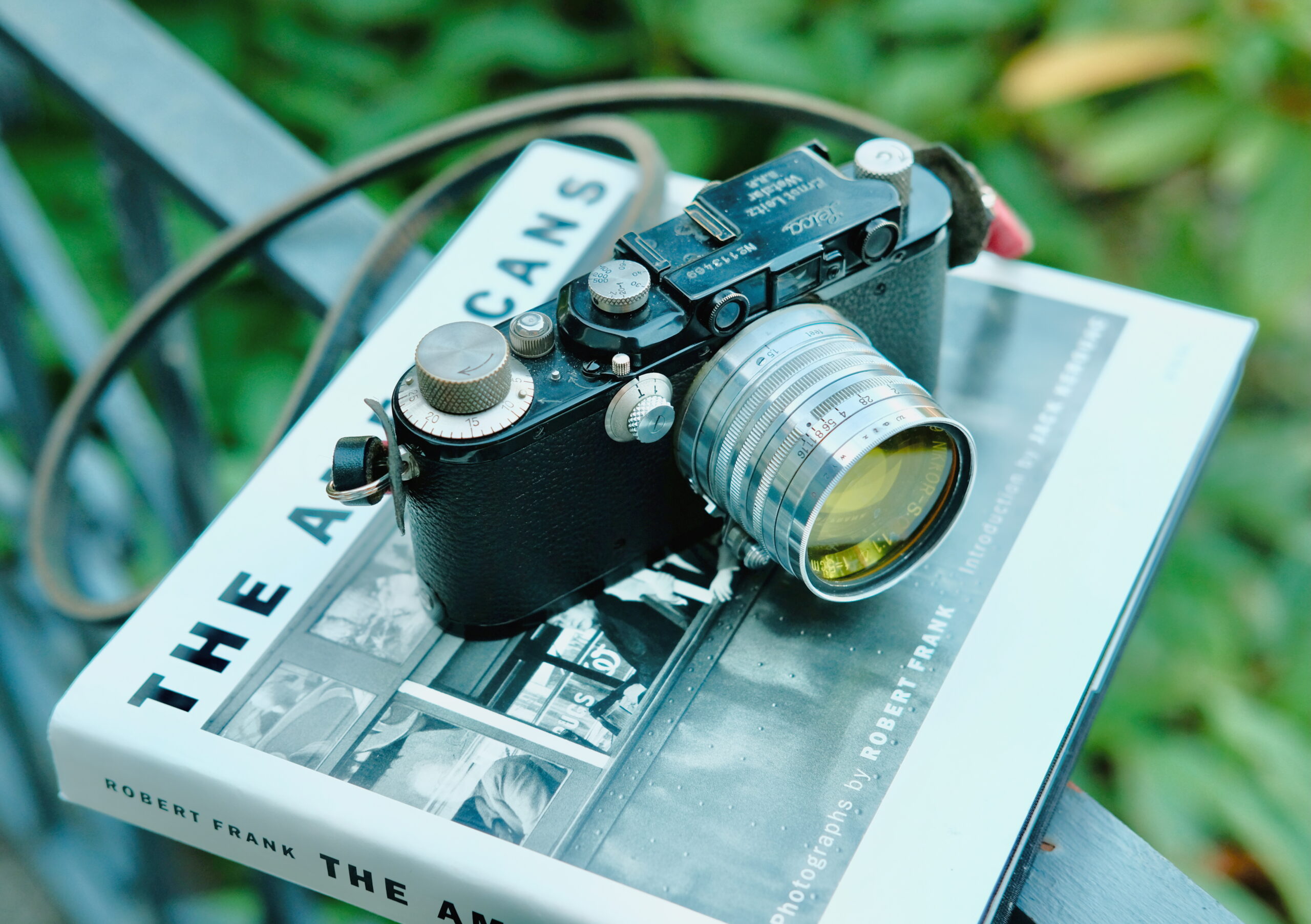
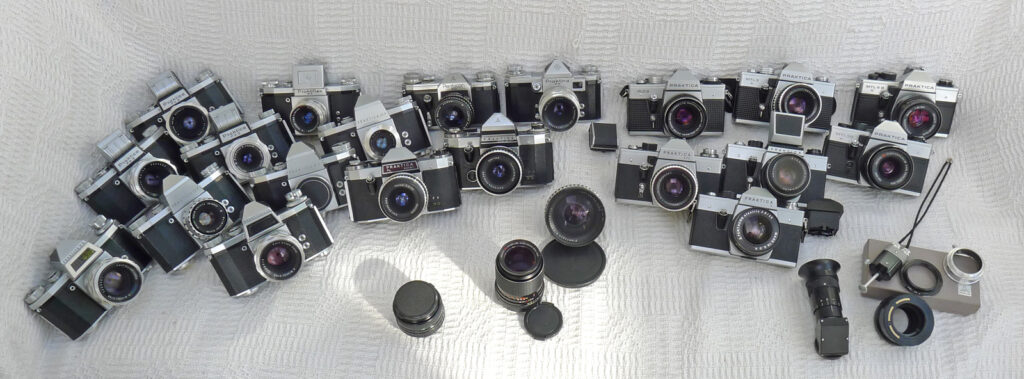
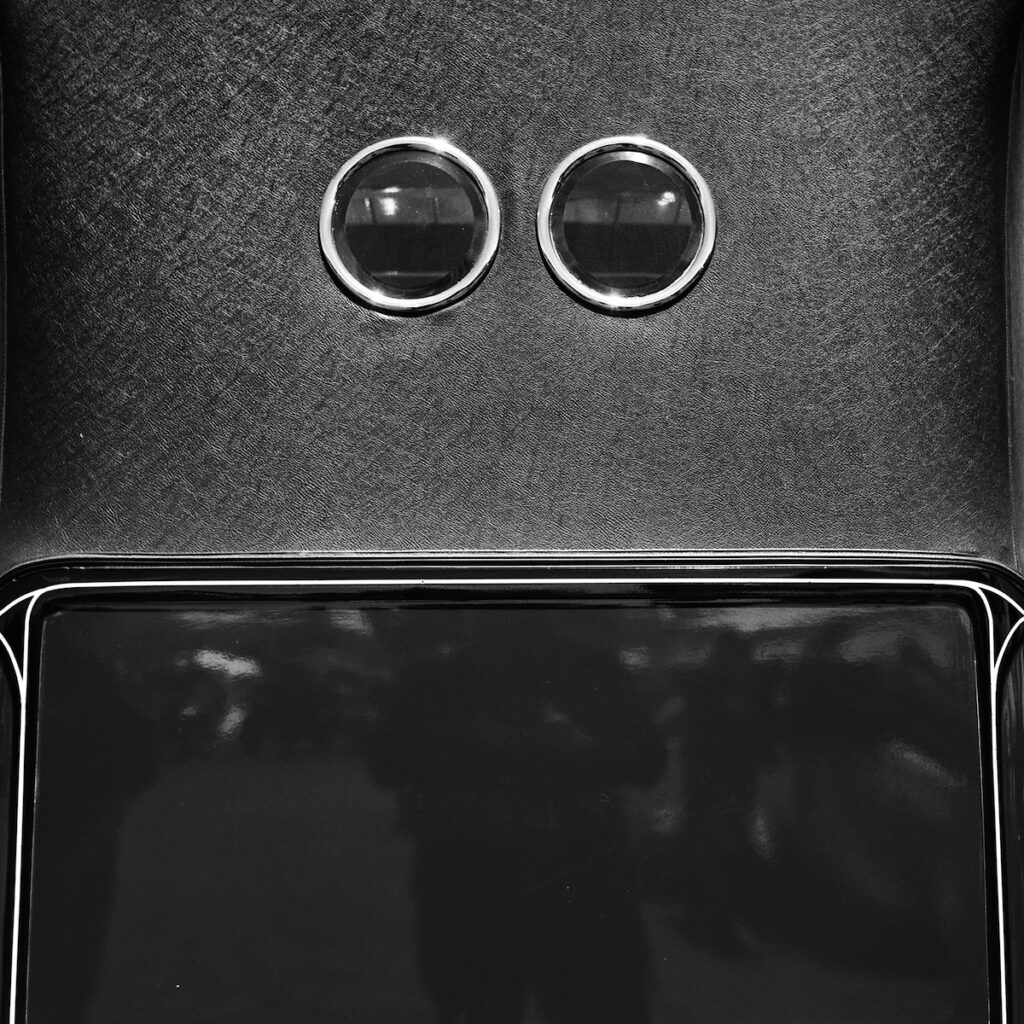
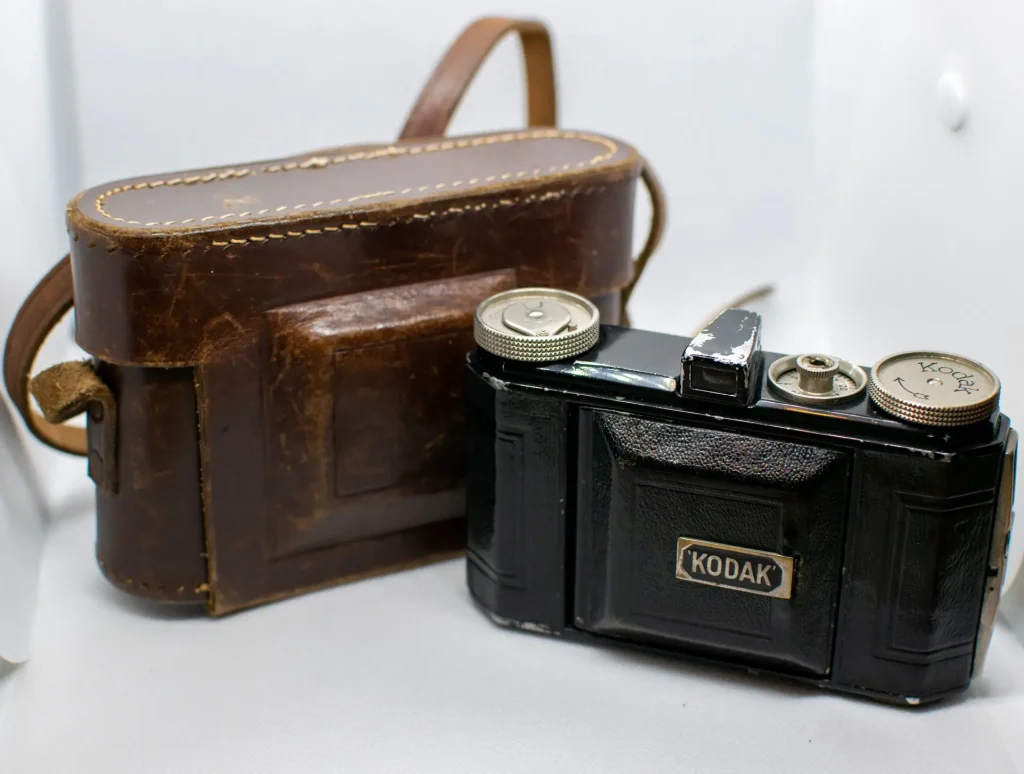
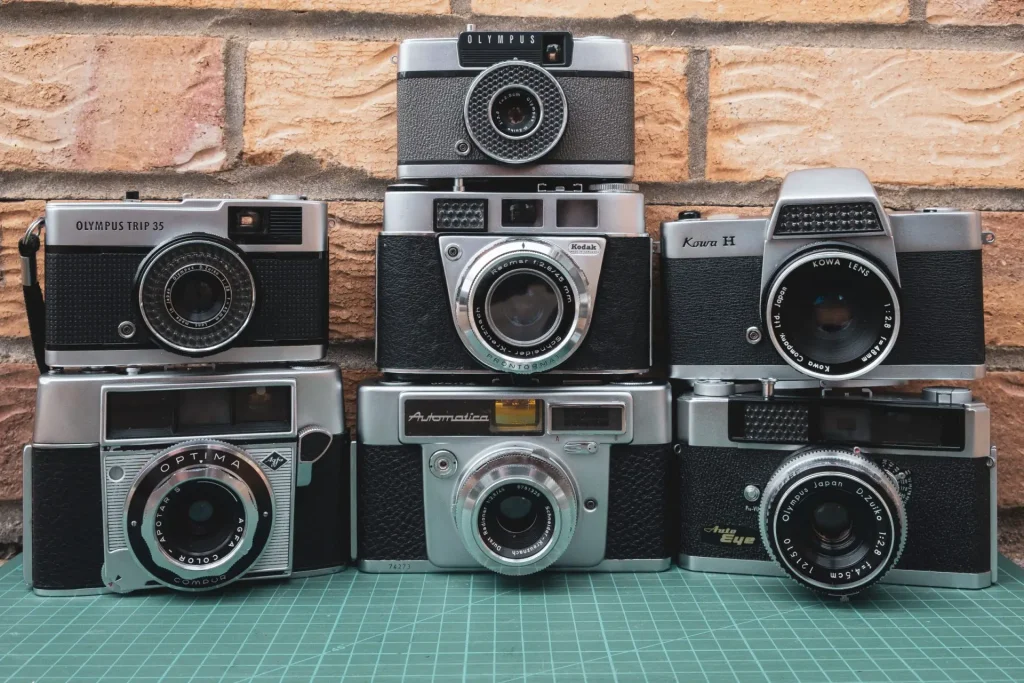
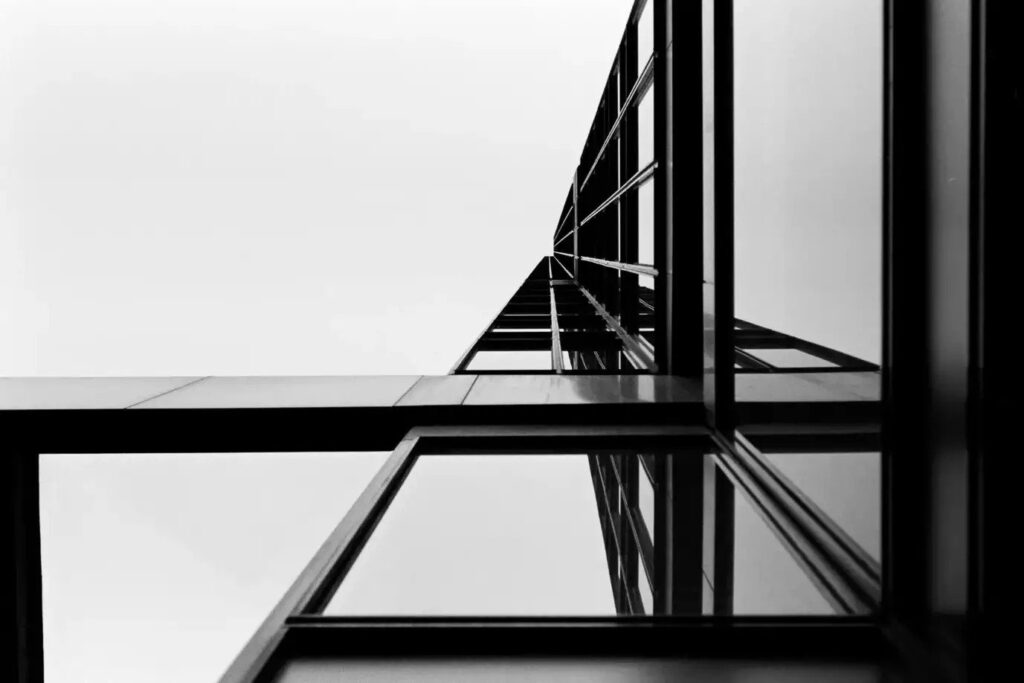
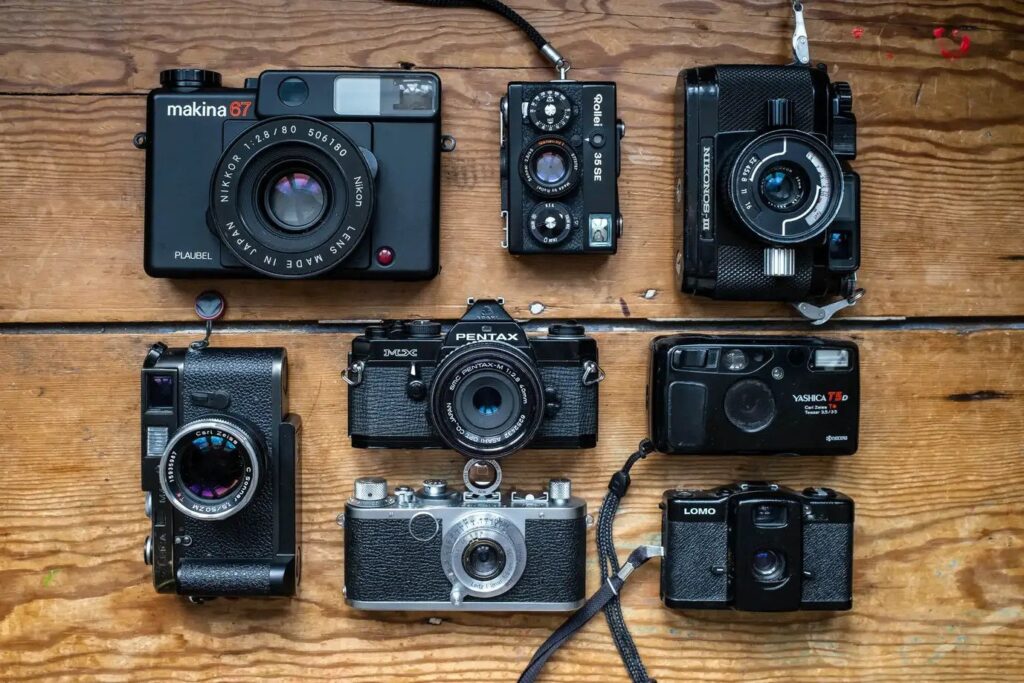
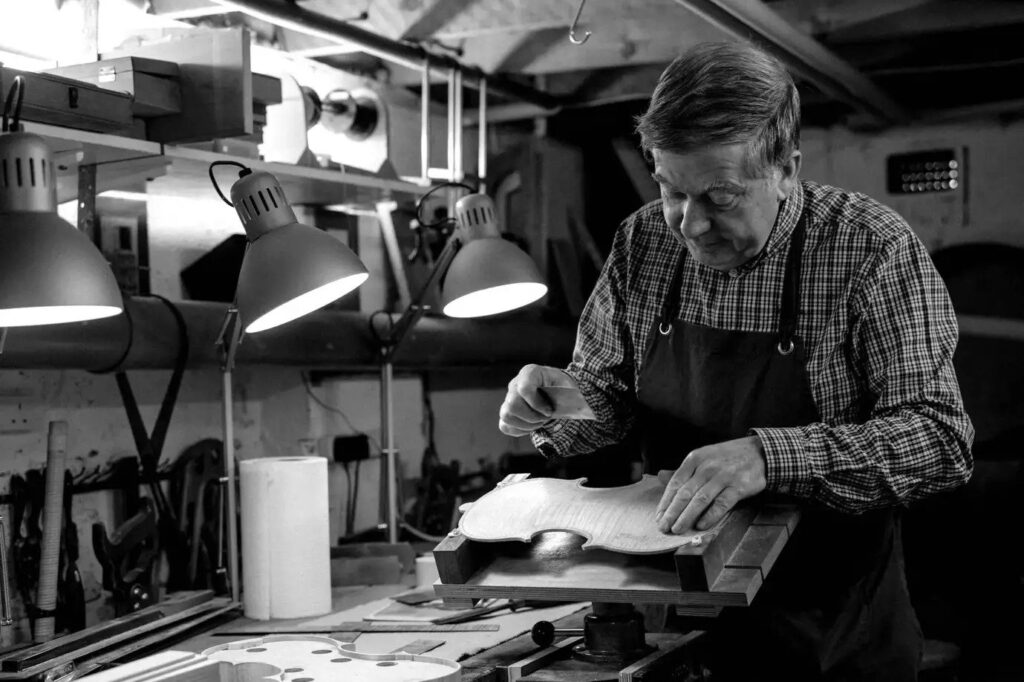
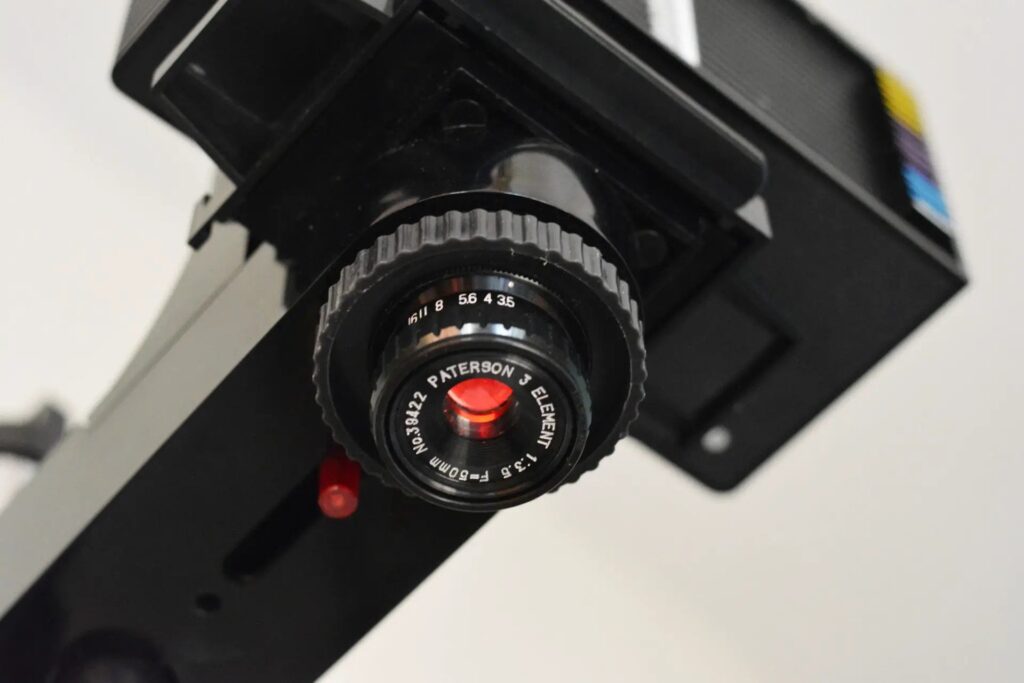
Comments
Ken Davis on Robert Frank’s Leica (Well, Close)
Comment posted: 30/10/2025
Comment posted: 30/10/2025
Stephen Hanka on Robert Frank’s Leica (Well, Close)
Comment posted: 30/10/2025
Comment posted: 30/10/2025
Gary Smith on Robert Frank’s Leica (Well, Close)
Comment posted: 30/10/2025
Comment posted: 30/10/2025
Dan on Robert Frank’s Leica (Well, Close)
Comment posted: 30/10/2025
Comment posted: 30/10/2025
cmf on Robert Frank’s Leica (Well, Close)
Comment posted: 30/10/2025
Comment posted: 30/10/2025
Rollin Banderob on Robert Frank’s Leica (Well, Close)
Comment posted: 30/10/2025
Some posts around the net feel he also used a 35mm for the book - have to wonder if that was a Nippon Kogaku Nikkor too?